The history of popcorn: How did it become a cinema staple?
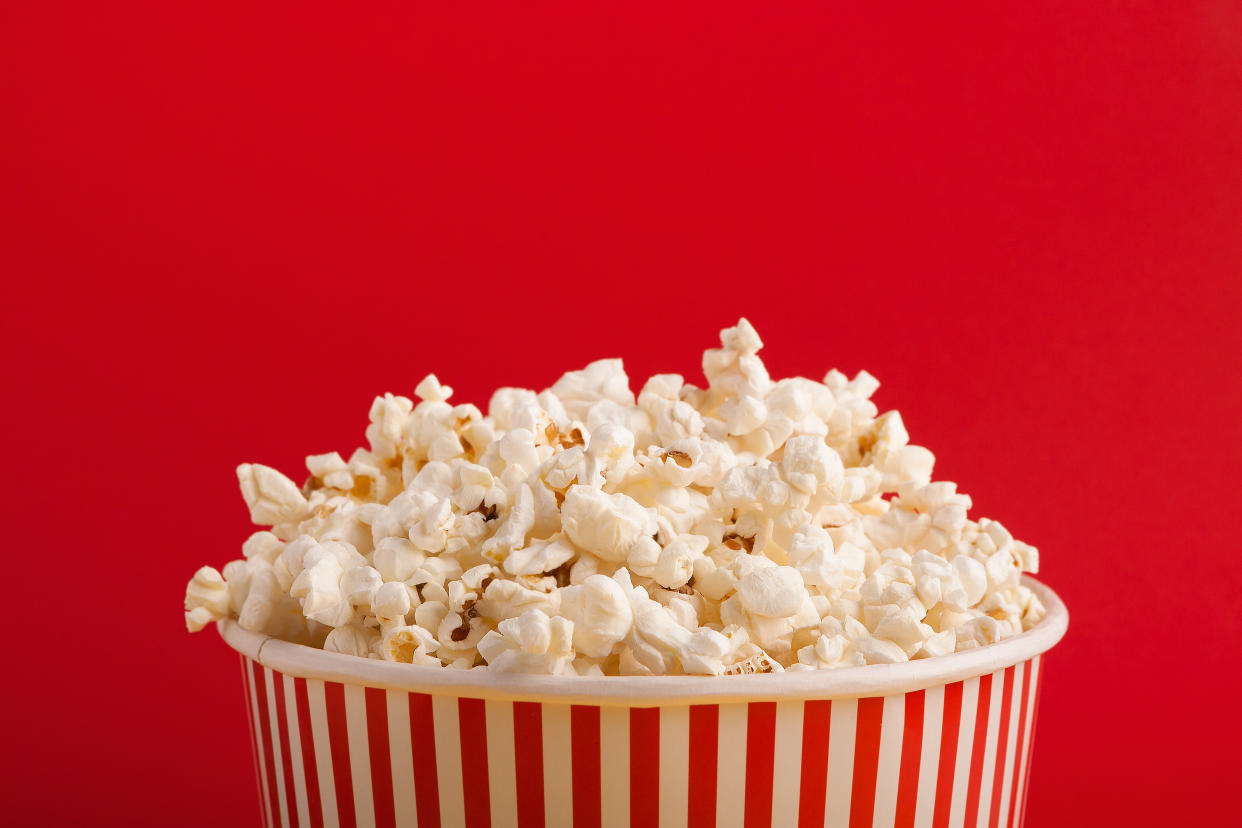
Step into any cinema across the UK or America and the first thing you’ll see - and smell - is popcorn. The standard flavours in the UK are sweet or salted, with a regular size usually costing around £5.
It’s a cornerstone of the industry, and no trip to the pictures is complete without a huge bucket of the stuff, but have you ever stopped to think why?
How did the humble popped corn become synonymous with films?
The history
Corn was first cultivated as a crop over 10,000 years ago in what is now Mexico, and archeologists have found remnants of the food that date back to 3,600 BC.
Although it had been eaten for millennia, it became especially popular around the 19th century at carnivals and fairs because the snack was crunchy, salty, and inexpensive.
In fact, the term popped corn first appeared in John Russell Bartlett's 1848 ‘Dictionary of Americanisms’, and was eaten by Americans as a breakfast cereal with milk and a sweetener.
In 1885, a portable steam powered popcorn popper was invented by Charles Cretor, and the business thrived.
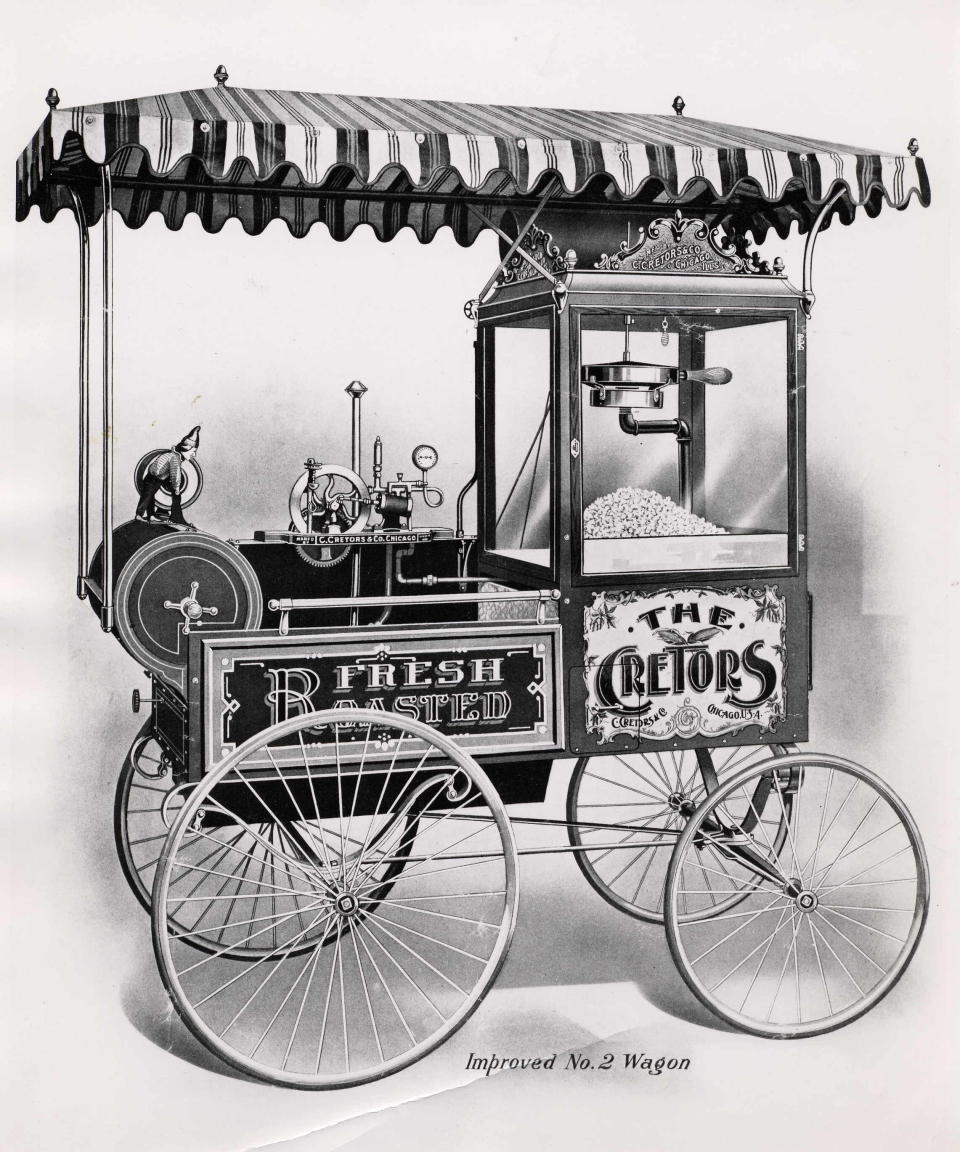
But cinemas hated it - in fact, they banned it.
During the era of silent films, the old cinema hall tried to replicate traditional and opera theatres, which did not want to be associated with loud food being eaten and bringing in snacks encouraged littering.
Then in 1929 there was the Great Depression where millions lost their job and money became scarce.
For many, going to watch a film was a cheap, escapist form of entertainment, and often there were popcorn vendors outside of the building where they could buy their snacks from independent vendors and smuggle it in.
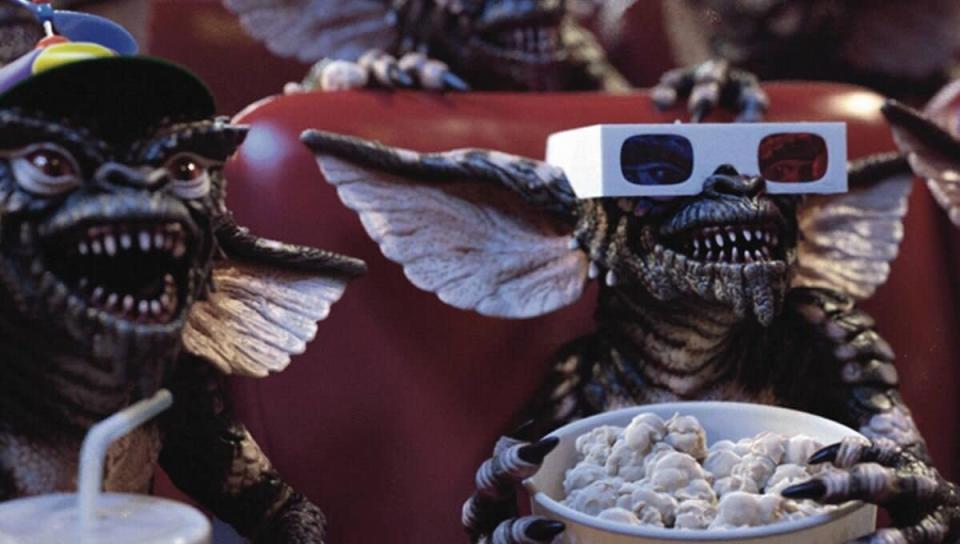
The Great Depression also affected the cinemas, and when they saw how much money popcorn sellers were making they allowed the snack to come inside and sold it directly to customers.
Popcorn enjoyed another boom in popularity during the 40s - while the Second World War was raging on, sugar and other sweets were rationed making them more expensive, while corn kernels and salt were still relatively easy to get.
In recent years the snack has once again transformed itself with many shops selling gourmet popcorn, some costing £4 for 33g, and the most expensive popcorn is the ‘Berco’s Billion Dollar Popcorn’, where one kernel costs $5 (£3.93).
Another fact to take into consideration is that cinemas use concessions to stay in business as they don’t often make a lot of money off showing films.
It is difficult to find concrete numbers as the film industry is very secretive, but it is thought studios take between 40-70% of the ticket price.
Therefore, selling popcorn and other food is the best way for them to gain a profit.
According to a BBC investigation, where they compared cinema bought popcorn with bags of a similar size on the high street, the maximum mark up was about 1,500%.
Stuart Hanson, a film historian at De Montfort University in Leicester once said, "One of the great jokes in the industry is that popcorn is second only to cocaine or heroin in terms of profit."
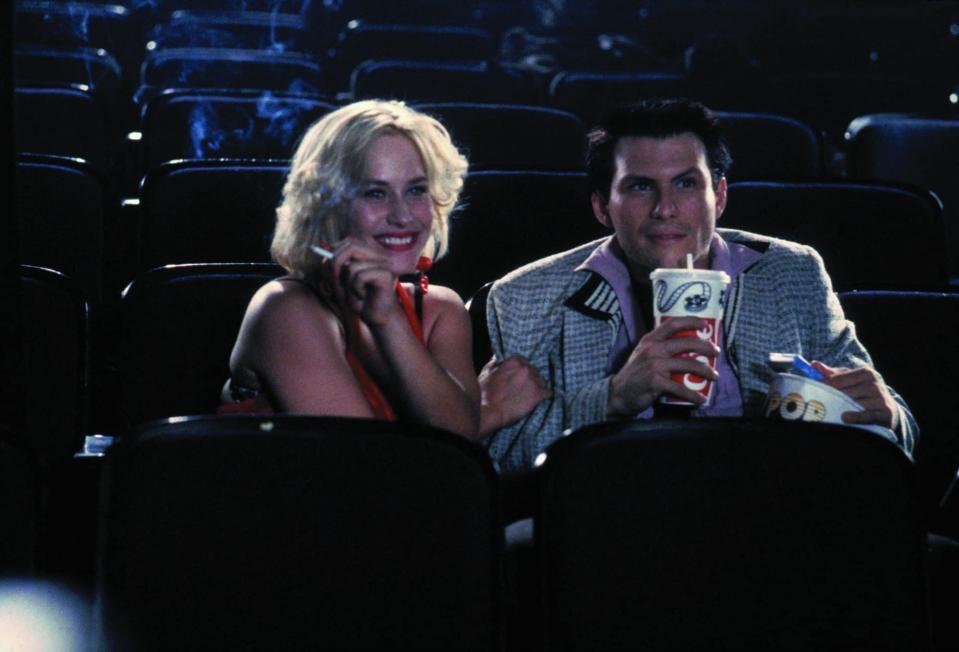
The Cinema Exhibitors’ Association said: “In keeping with the leisure sector generally, cinemas charge a premium on the food and drink they serve.
“Given the high costs of running and maintaining a modern cinema, many sites rely on this income to remain viable.”
Fun facts:
Popcorn threaded onto a string is used as a wall or Christmas tree decoration in some parts of North America, as well as in the Balkan peninsula.
The largest bucket of popcorn ever is 52.59 cubic metres by Cineplexx International in Croatia on 16 April 2011, which took just under two hours to be filled.
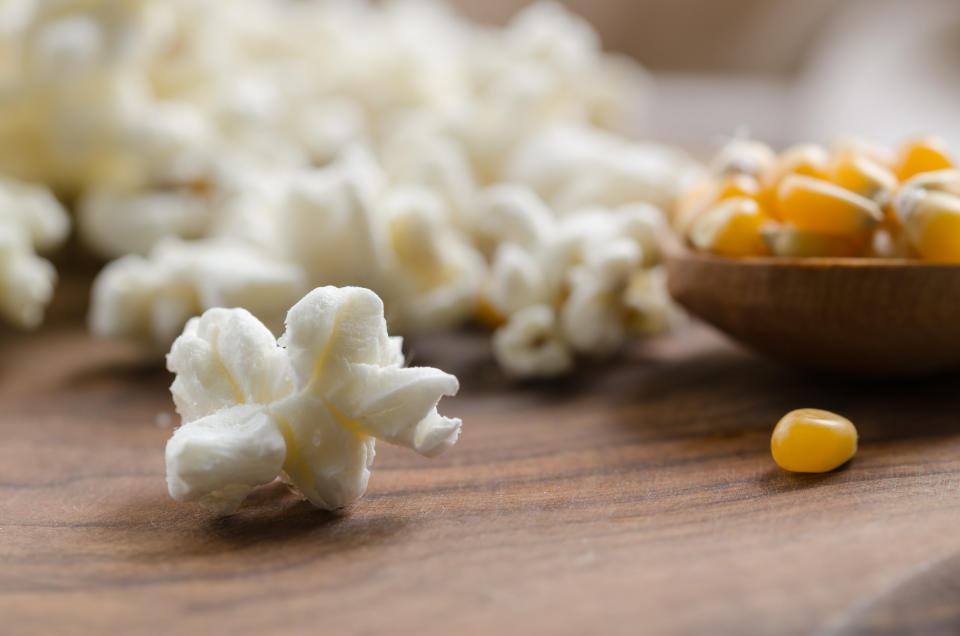
When the popcorn has finished popping, sometimes unpopped kernels remain, which are known as ‘old maids’ in the industry.
During the mid-90s, a US report said that “a medium-size buttered popcorn contains more fat than a breakfast of bacon and eggs, a Big Mac and fries, and a steak dinner combined".
Read more: Tom Holland’s Video Game Adaptation ‘Uncharted’ Scores 2020 Release Date
Here are some unusual popcorn flavours enjoyed in other country’s cinemas:
According to the Popcorn Board, a US organisation for raising awareness of popcorn as a whole grain snack, the flavours that dominate in the States are buttered, cheese, salted and caramel.
Others have commented that surprising flavours such as jalapeño and sour cream and onion are common.
Right?! They’re a seasoning powder, here’s a pic of them! Usually next to the butter 😊 & YES I’m not ashamed to say I am one of those people. When I first moved to LDN & asked for butter at the cinema, you wouldn’t believe the confusion 😂 pic.twitter.com/K9woWCX0Cn
— Taylor (@tayfurlll) June 4, 2019
Cheese is also popular in South Africa, and flavours which may be found on crisps in the UK such as cheese and chives or salt and vinegar are eaten over there.
Brazilians are known for their sweet tooth, so their popcorn is coated with stevia, a sweetener which has no calories and is said to have between 30 to 150 times the sweetness of sugar but by contrast, Italy only has salty seasoning and no additional flavouring.
Chilli options are prevalent in Mexico, Thailand, and India.
In Norway, alongside the traditional popcorn, bacon-flavour snacks are popular.
(not my photo but this is them) pic.twitter.com/8nbWpazajD
— Don Simon (@shitterverse) June 4, 2019
A uniquely Australian snack is the Choc Top, an ice-cream cone dipped in chocolate, and Aussies only ever eat them at the cinema.
In Hong Kong, fish balls are sometimes consumed while watching films.

 Yahoo Movies
Yahoo Movies 

